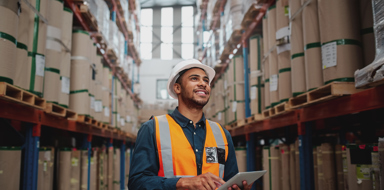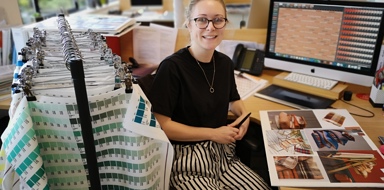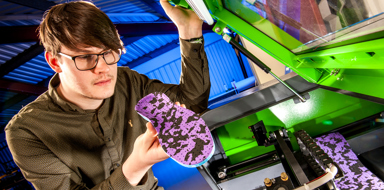The industrial internet of things is a subsection of the internet of things (IoT) – a network of smart devices in the industrial sector that monitor, collect, analyse, and exchange data.
Adding sensors to existing machines within your setup will improve your understanding of energy use – determining which machines are more energy-efficient and when.
Vibration sensors could also alert you to machine maintenance requirements – enabling a regular repair cycle and extending their useful life. Not only does this improve the efficiency of your operation, but it will also reduce the number of machines or components that are unnecessarily disposed of.
Plus, using occupancy sensors can highlight which rooms are occupied, and when, and adjust your heating and lighting settings to match. For instance, if a room is rarely used, it doesn’t need continuous heating or lighting. Switching to a more intelligent heating and lighting system will ultimately conserve energy and save money.
Other sensors that add value to your operation include:
- Air flow sensors to check for air leaks and establish when repairs are required
- Water detection sensors to get ahead of leaking pipes or machinery
- Door sensors to alert when doors are left open (a drain on your heating system)
- Detecting machine use and turning off idle machinery
We helped vinyl-wrapped door specialists Crystal Doors navigate their way to net zero
by developing an Industry 4.0 manufacturing platform.
This gave them full visualisation of how their machines perform and identify potential efficiencies to reduce energy use and waste.
These gradual gains accelerated the business towards achieving its goal of carbon neutrality for which it received the Queen’s Award for Sustainability in 2022.







